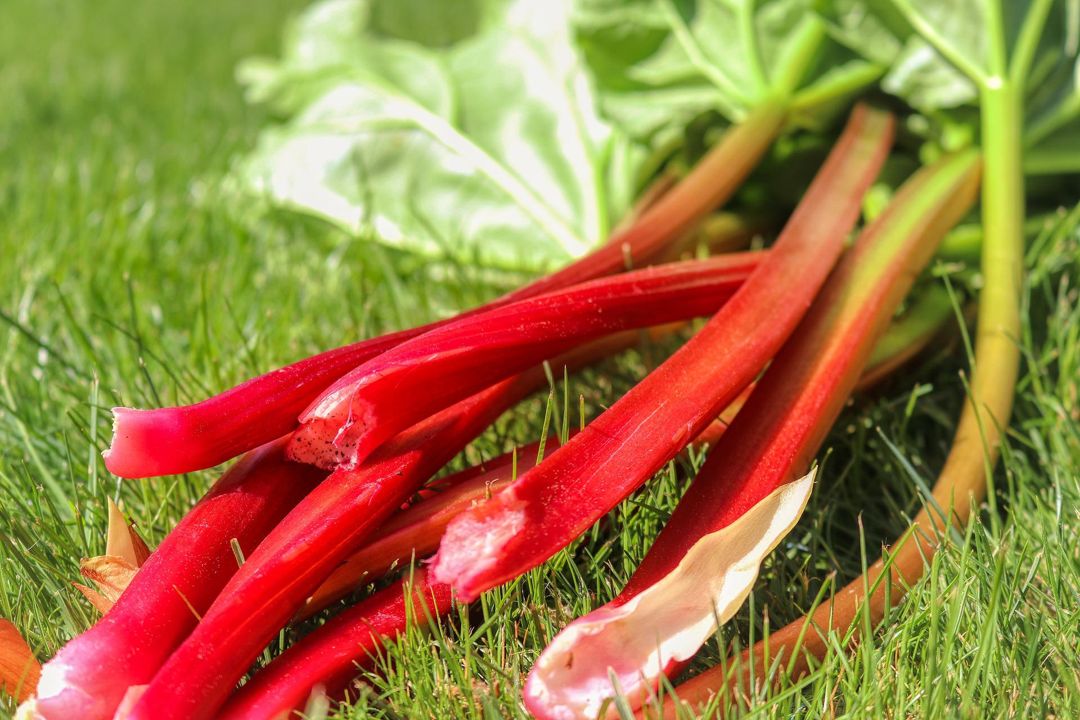The fruits and vegetables you can eat come from unique parts of their plants. In your everyday life you eat everything from the roots to stems to leaves. Some angiosperms, or flowering plants, yield fruit. Though some of the things you may think of as “fruits” aren’t truly fruit as we expect. Conversely, some plant parts we consider “vegetables” are actually botanically fruits. In some circumstances, you eat parts of a plant that contain other parts that are actually inedible. Understanding the variety of plant parts you can and can’t eat is an important part of gardening, and if you’re anything like me, you’ll find the variety of plant parts we can eat pretty fascinating.
Below is a diagram of the different plant parts we eat. Keep reading to see details about where you may see these plant parts on your dinner table.
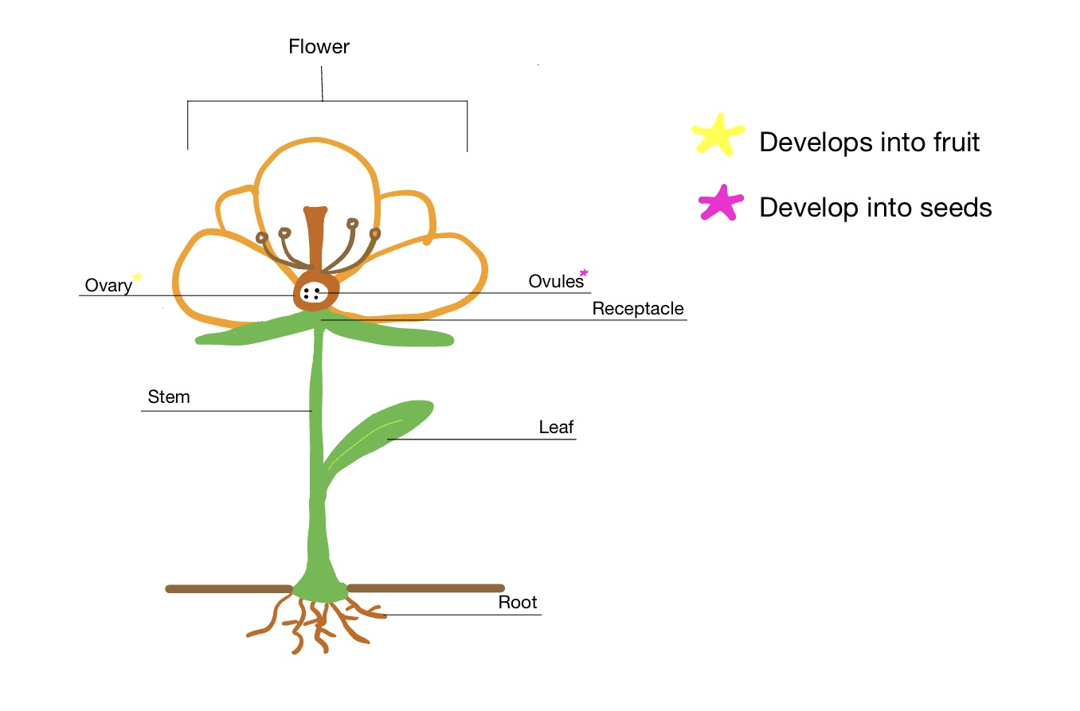
Roots
Some examples of root vegetables that you can grow and consume include carrots, parsnips, and beets. Potatoes, sweet potatoes and yams are considered root tubers, and onions and shallots are types of bulbs. All of these veggies are unique to others in that they are grown underground. These vegetables help lower cholesterol, are high in antioxidants, and contain carotenoids which help with vision [2].
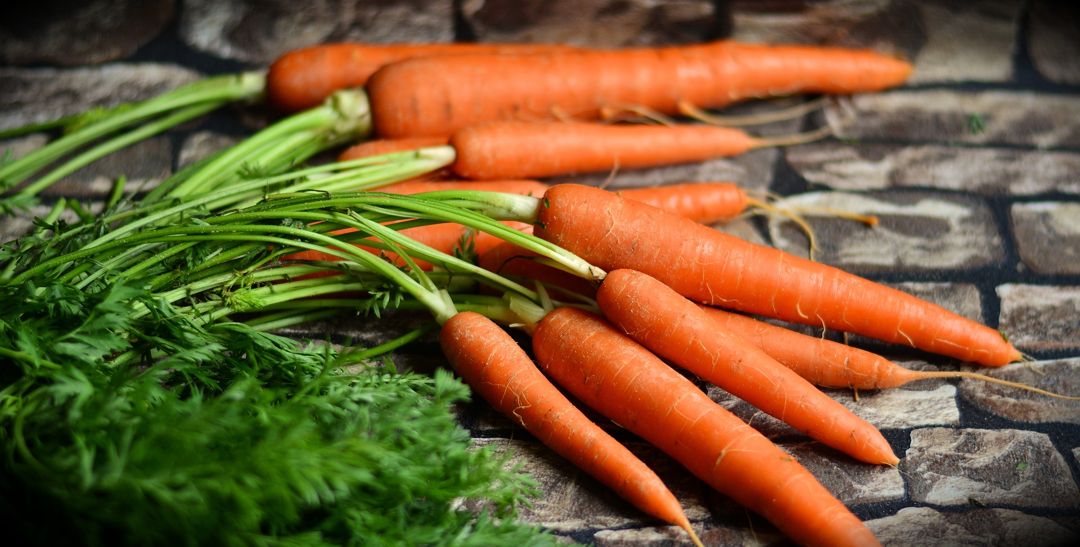
Stems
Common plant stems you eat include asparagus and kohlrabi. Some of the plants with roots that you may commonly eat, such as onions, garlic, and chives, also have edible stems [4]. Stems of other root vegetables, such as potatoes, can be harmful when consumed [9].
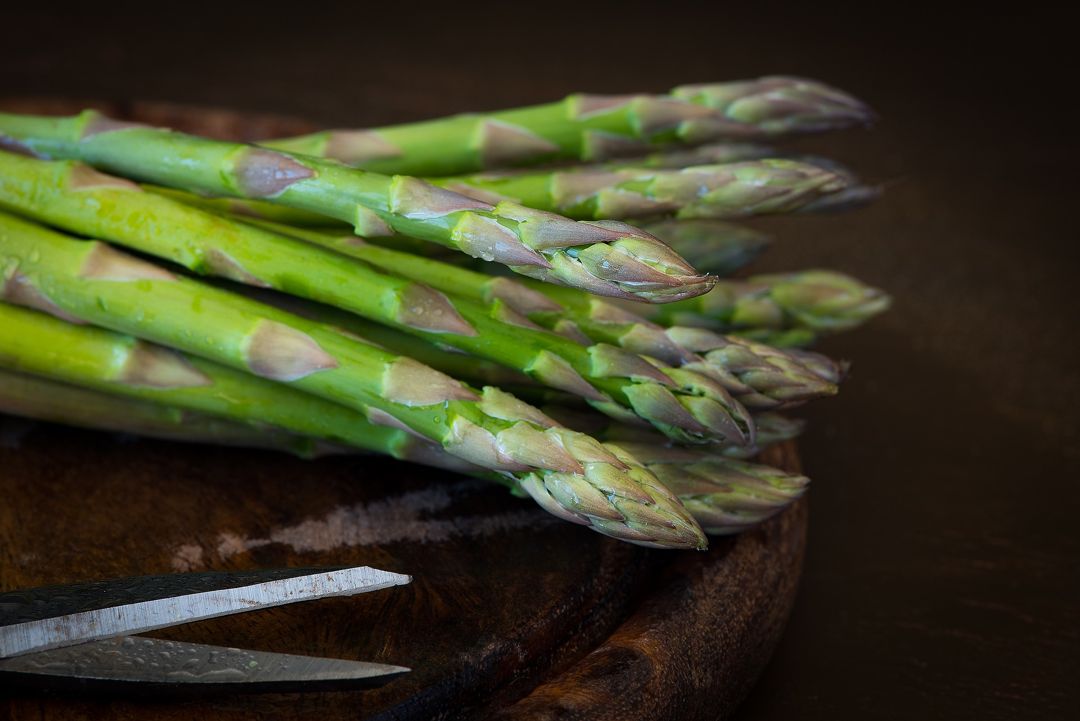
Leaves
Many of the leaves in our gardens are not only edible, but also extremely beneficial to our health. For example, kale contains both vital antioxidants and fiber and spinach contains nutrients such as phosphorus and magnesium. Romaine lettuce, swiss chard, and cabbage all are shown to be beneficial in terms of cancer prevention [10]. However, like with all the plants in your garden it is crucial to make sure you don’t generalize the benefits of these leaves to the leaves of all your plants. Rhubarb, eggplants, and tomatoes all have leaves that are shown to be toxic to humans, and shouldn’t be consumed [9].
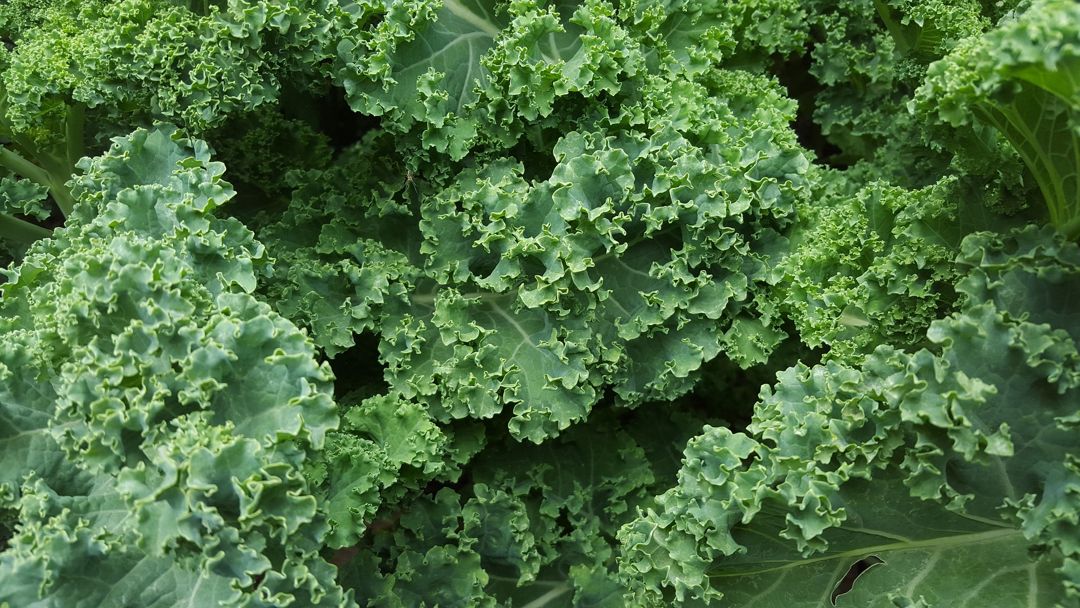
Flowers
Flowers are often known for being decorative or attracting pollinators, rather than for being an edible plant part. However, some flowers in your garden could actually be edible, including nasturtium, chamomile, and marigolds [3]. Broccoli and cauliflower also have edible flower parts [8]. Eggplant flowers, like their leaves, are toxic to humans [9].
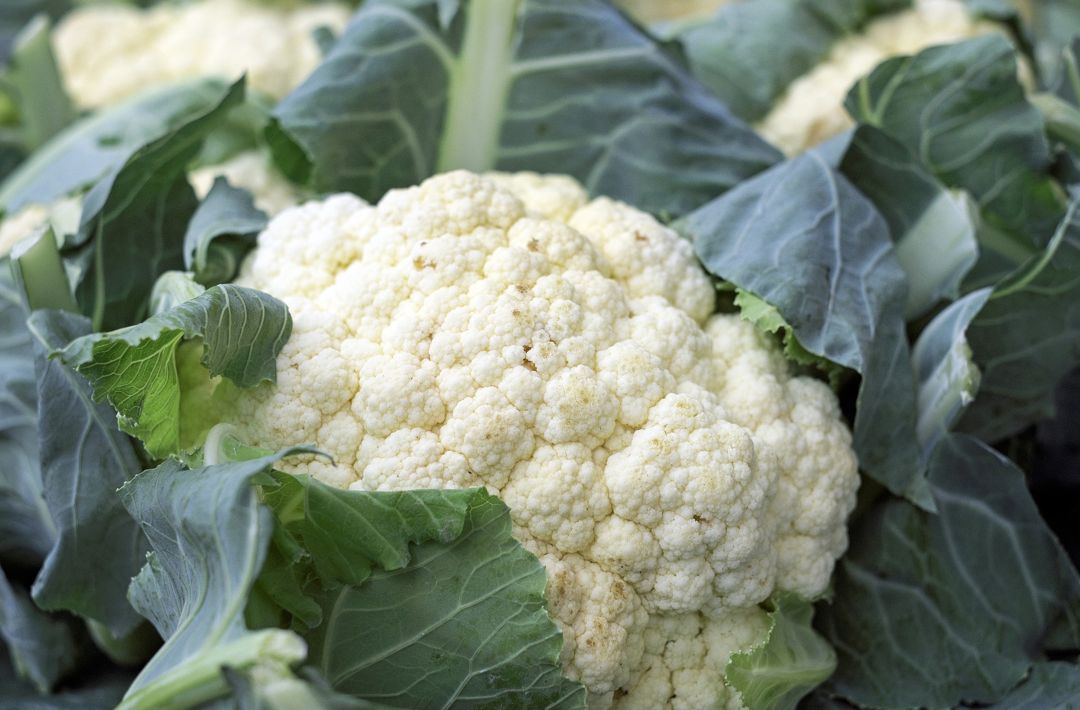
Fruits
A fruit is a part of the plant, originating from the flower, that develops from the ovary. Some common fruits include blueberries, grapes, and cherries. Raspberries and blackberries are also fruit, but these are aggregate fruit, and each individual raspberry or blackberry is composed of many small fruits that originated at one receptacle in the plant. Examples of fruits you may commonly consume, but may not know are fruits include tomatoes and peppers [7]. Sunflower seeds are also actually technically fruit rather than seeds as their name implies [5]. Not all fruit you can grow should be eaten however. Asparagus plants yield red berries, but these are in fact inedible [9].
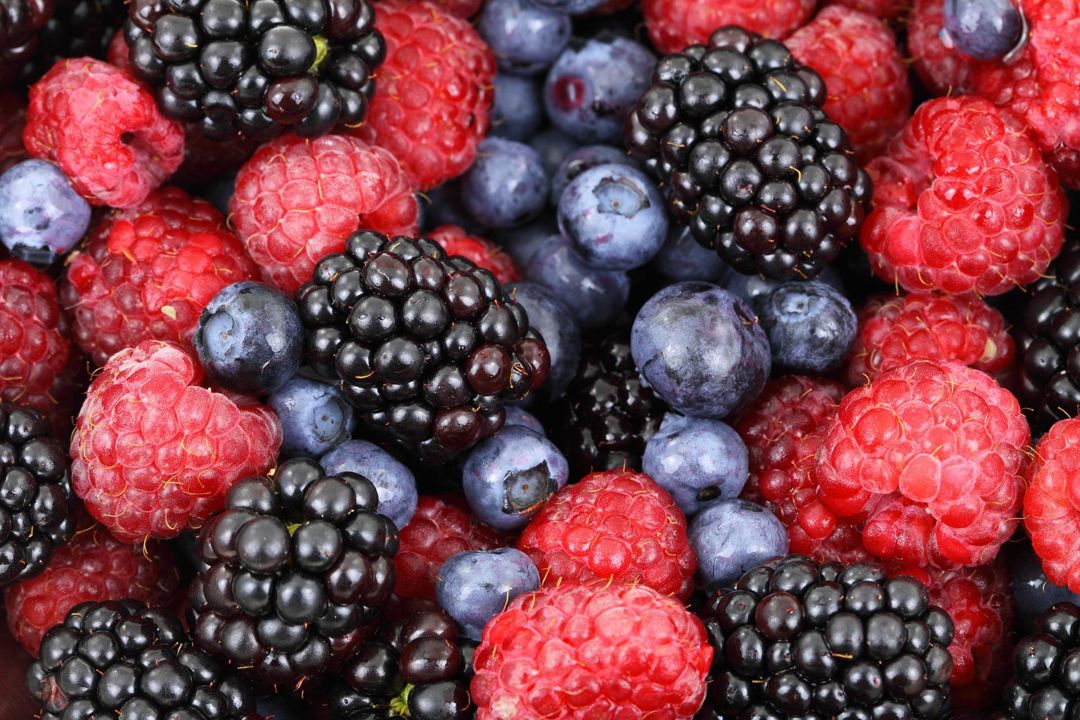
Seeds
Legumes, such as beans, peanuts, and peas are plant seeds, which are a plant part that develop from the ovules in the ovary [5]. They provide great plant-based ways of getting healthy fats and proteins in your diet [6]. Some seeds, such as apple seeds and cherry pits, are actually harmful to consume [1].
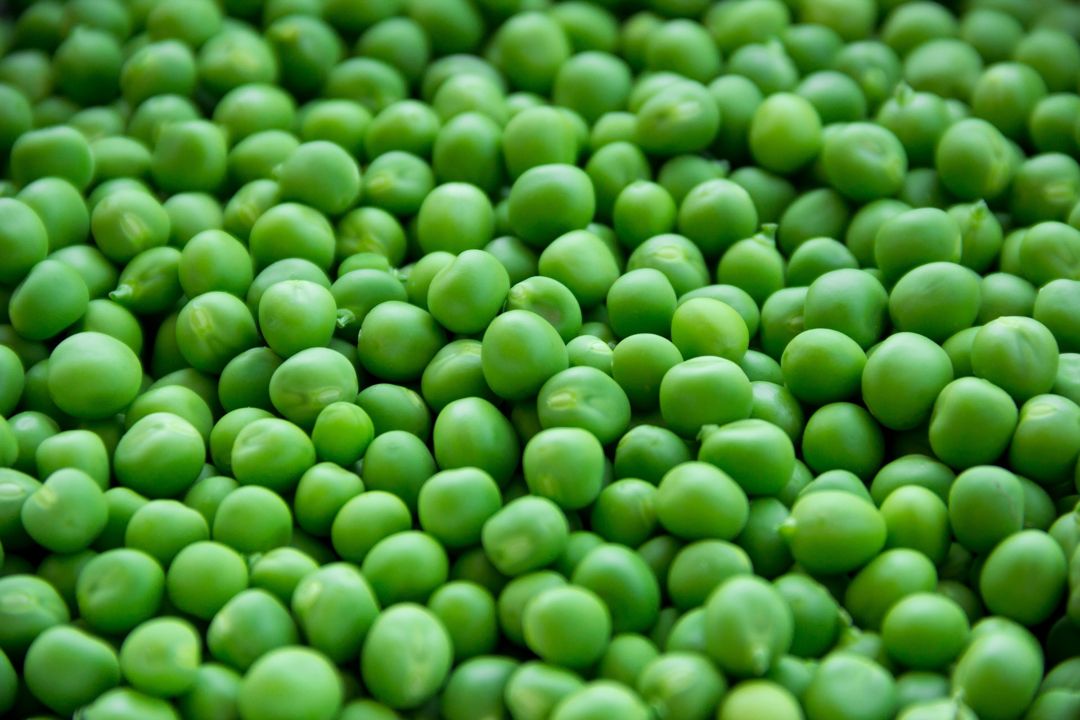
Receptacle
While strawberries are often thought of as berries, the fleshy part “berry” isn’t even a true fruit. In fact, the red “berry” is actually the receptacle or the part of the stem that is the origin of flower growth [7]. This means that the “seeds” on the strawberry are the true fruit on the strawberry.
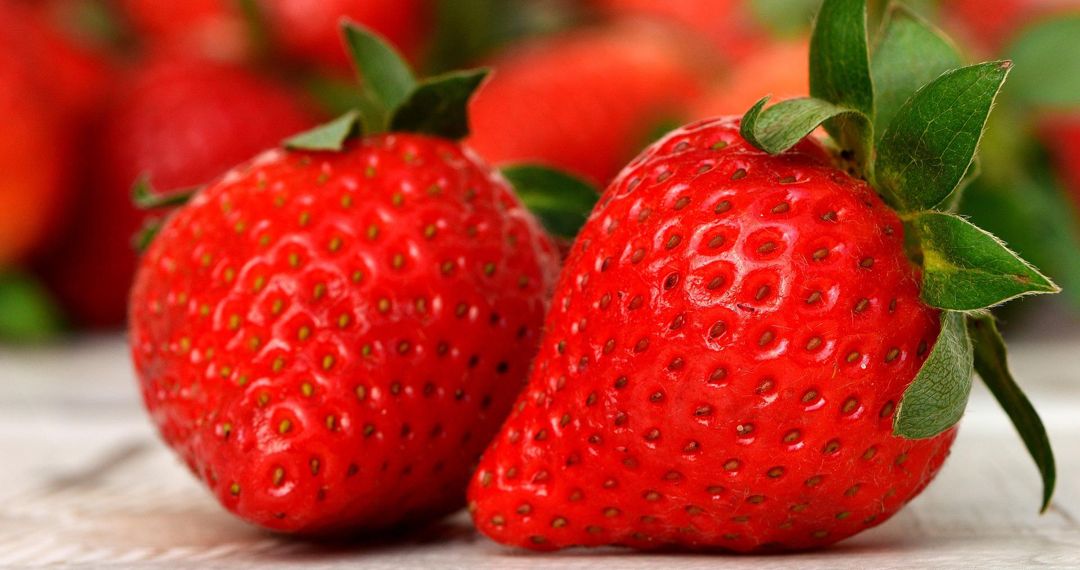
Concluding Thoughts
Did any of these plant parts surprise you? Information about growing the plants above in your garden can be found in the Planter app. Next time you’re gardening, be sure to appreciate the variety in not only the plant species you are growing, but also the number of plant structures we are able to eat. With great variety comes some risk, so proceed with caution when consuming the fruits (and vegetables) of your labor. Make sure that the part of the plant you are eating is truly edible, before experimenting too much with trying all the parts of each of your plants.
References:
[1] Brantley A. (July 29, 2020). 7 Fruits and Vegetables with Poisonous Parts. Well Tuned. https://bcbstwelltuned.com/2020/07/29/7-fruits-and-vegetables-with-poisonous-parts/
[2] Brenan, D. (2021, November 9). What are the Health Benefits of Root Vegetables. WebMD. https://www.webmd.com/diet/what-are-root-vegetables
[3] LaLiberte, K. (January 25, 2021). Flowers You Can Eat. Gardener’s Supply Company/ https://www.gardeners.com/how-to/edible-flowers/8078.html
[4] List of Vegetables: II. Examples of Stem Vegetables. (April 10, 2022). Crops Review. https://www.cropsreview.com/stem-vegetables/
[5] McCulloch M. (November 22, 2018). Are Sunflower Seeds Good For You? Nutrition, Benefits and More. Healthline. https://www.healthline.com/nutrition/sunflower-seeds#what-they-are
[6] Plant Based Diet: Nuts, Seeds, and Legumes Can Help You Get There. (November 13, 2014). Harvard Health Publishing. https://www.health.harvard.edu/staying-healthy/plant-based-diet-nuts-seeds-and-legumes-can-help-get-you-there#:~:text=Legumes%20are%20the%20edible%20seeds,also%20include%20peas%20and%20lentils.
[7] Rodrigue, C. (September 29, 2015). Fruits and Seeds. California Ecosystems. https://home.csulb.edu/~rodrigue/geog330/fruitsseeds.html
[8] Sabat, S. (February 14, 2020). Broccoli is Technically a Flower? Know Other Vegetables That Are Technically Flowers. RepublicWorld. https://www.republicworld.com/lifestyle/food/take-a-look-at-vegetables-that-are-technically-flowers.html#:~:text=Vegetables%20that%20are%20flower%3A%20Broccoli,are%20consumed%20as%20a%20vegetable
[9] Straus R. (June 2, 2016). 7 Plants You Should Never Eat Root-to-Stem. Prevention. https://www.prevention.com/food-nutrition/g20512557/7-plants-you-should-never-eat-root-to-stem/
[10] Tee-Melegrito, R. (September 3, 2021). What to Know About Green Leafy Vegetables. Medical News Today. https://www.medicalnewstoday.com/articles/green-leafy-vegetables
[11] The Great Plant Escape Glossary. (n.d.). University of Illinois Extension. https://web.extension.illinois.edu/gpe/glossary/receptacle.html
